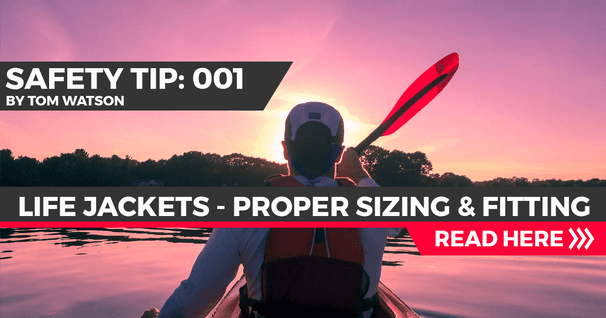Kayak Features
R U D D E R S
A rudder is a flat-bladed steering apparatus controlled by a pair of foot pedals. Two cables, one for each pedal, run from the pedals to the rudder and allow you to rotate the blade right and left on a fixed point set in the stern of the kayak. The rudder is also hinged to lift up and slip over seaweed and other obstructions while the boat is moving forward in the water. A line is used to cock the rudder up and out of the way during transport, launching, and landing, and while backing over obstructions.
Rudders, although available as an option on nearly every boat made today, have been a subject of dispute among sea-kayaking experts for years. Most either love them or hate them. Those who favor rudders cite improved paddling efficiency and the ease of hands-free maneuverability. Paddling purists point to rudders as another piece of equipment that can fail and as a device that lessens the paddler's reliance on basic paddling skills. And the flex or stretch of rudder cables makes for less firm support from the foot braces.
Over the years improved designs, incorporating tougher materials and construction, have increased the dependability of rudders. In a crosswind a rudder allows you to maintain a course with a minimum of wasted energy spent in corrective strokes, enabling you to devote your energies to propulsion rather than position.
A rudder is especially handy to anyone bird-watching, taking photographs, or fishing from a kayak. As a first-time boat buyer, if you purchase a kayak with a rudder, you'll have an opportunity to try it both ways. If you don't like it, you can always leave it cocked out of the water.
H A T C H E S
Hatches allow easy access through the deck to gear stored inside the boat: Even bulky items such as camera cases and sleeping bags can be easily stowed and retrieved. Some feel that hatches invite disaster by compromising the waterproof integrity and strength of a solid deck, but as in the case of rudders, this objection has largely been overcome by improved designs.
Generally, smaller hatches are more watertight and dependable than larger models. Look for secure and easy-to-operate closures, and for hatch designs that offer a positive seal through the use of a durable gasket. Never assume that a hatch is waterproof.
B U L K H E A D S
Bulkheads are watertight walls that divide the sections of a hardshell kayak's interior into compartments. They provide discrete areas for stowing gear and, much like the watertight compartments on larger boats, offer some measure of improved safety by providing buoyancy in case of capsize.
Don't assume that a bulkhead alone will keep your unprotected gear dry. Some designs may not provide enough buoyancy to keep your boat afloat in the event of a capsize. To be on the safe side some paddlers add flotation in the form of dry bags or inflatable float bags.
Bulkheads are usually made of fiberglass-resin sheet glassed in place, or rigid closed-ce'l foam secured with a flexible adhesive. You'll usually find bulkheads aft of the seat and forward of the foot braces.
S E A T S
Of all the features of a kayak, the seat is probably the single most troublesome-correct seat designs are as varied as the bottoms and backs they're supposed to fit. Fortunately, the seat is also the easiest feature to replace or adapt to your individual needs. Ideally, a kayak seat should provide a low center of gravity while lifting you enough to create a leg position that's comfortable for long periods of time. The seat back should provide adequate lumbar support without interfering with motion. The overall feel should be comfortable, with a secure feel for the boat.
If you find that the seat needs to be adapted to your contours, sections of closed-cell foam like that found in backpacking sleeping pads can usually be glued in place with a waterproof adhesive or attached with duct tape. Some kayakers sit on inflatable backpacking cushions; one camp mattress manufacturer even makes an inflatable seat designed specifically for use in sea kayaks. Replacing hard seat backs with padded back bands is also becoming more common.
Excerpted from Basic Essentials™ Sea Kayaking by J. Michael Wyatt with permission from Falcon Publishing.
Help support Paddling.net, purchase this book from Amazon.com
Related Articles
Ever wonder what exactly the weight capacity of a board was for? Turns out it's for the performance of…
Adhering to the fundamental safety rule that a lifejacket should always be worn when out on the…
Learn the full glossary of canoe terminology in this excerpt from The Complete Book of Canoeing by I.…



